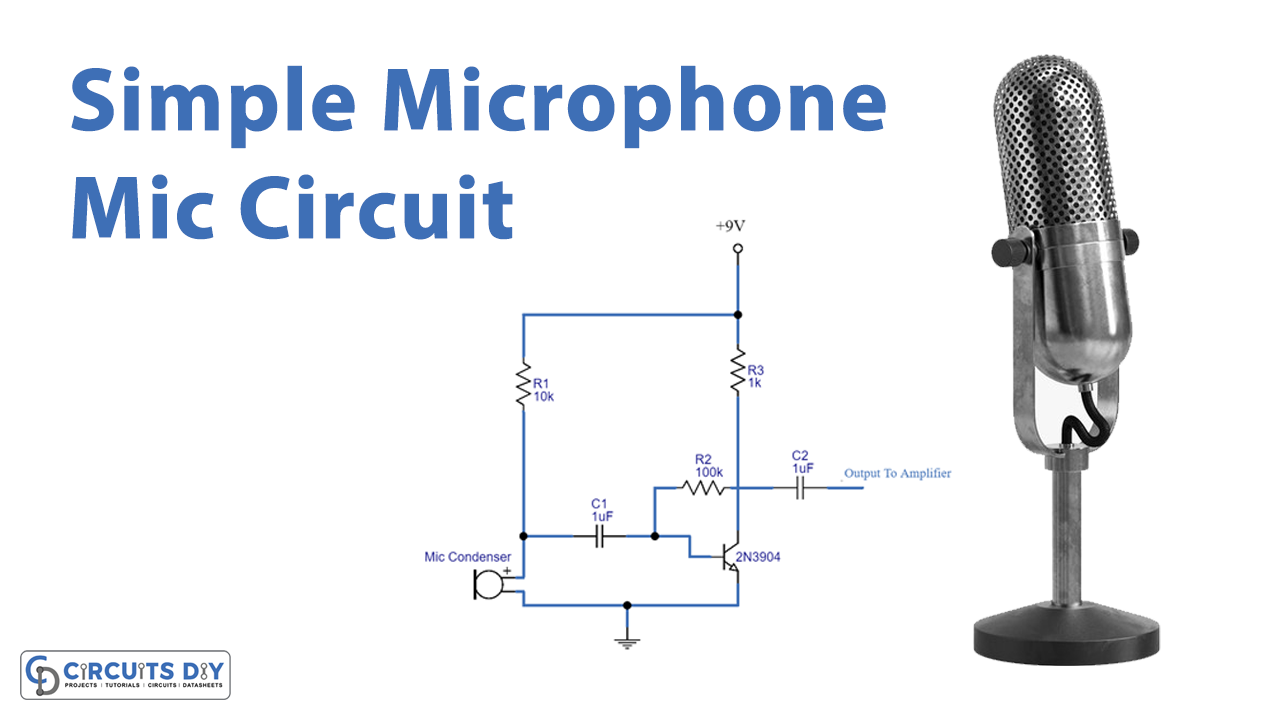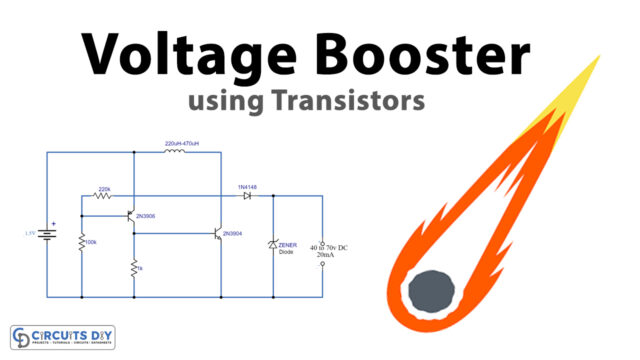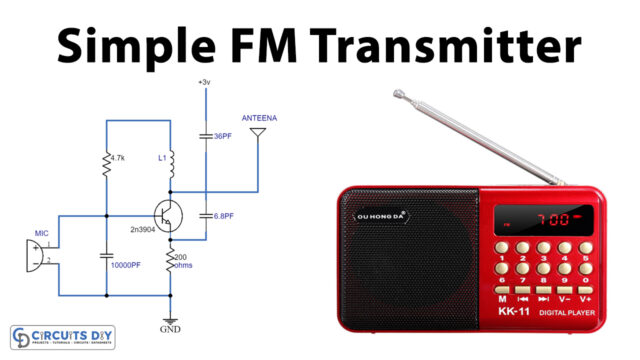Introduction
The microphone needs no introduction as we all have aware of this. And, some of us might have given speeches on this in our academic careers. Or, many of us might have a dream to speak in front of hundreds of people, and of course, the mic would play an important role in this. So, before experiencing speaking on it, lets us first make its circuit. So let’s make the Simple mic circuit in this tutorial. Mainly, it converts sounds into electrical energy. It works by observing the differences in air pressure and converting them into electrical signals.
The microphone has a diaphragm, formed by magnets. The magnets are also encased in metal wire. Sound waves colliding with the diaphragm caused the vibrating diagram. The magnets vibrate because of this vibration. The magnets evoke the electrical current in them. That is how vibrations are converted to electrical energy.
Hardware Required
| S.no | Component | Value | Qty |
|---|---|---|---|
| 1. | Condenser Mic | – | 1 |
| 2. | NPN Transistor | 2N3904 | 1 |
| 3. | Capacitor | 1uF | 2 |
| 4. | Resistor | 10KΩ, 100KΩ | 2,1 |
| 5. | 2-Pin Connector | – | 1 |
Circuit Diagram

Working Explanation
This Simple Mic circuit first uses the condenser mic. When there is sound or vibration, it causes the magnets of the mic to oscillate. Thus, The electrical current in it is evoked by the magnets. It turned vibrations into electrical energy in this manner. The signal is passed to the base of the transistor via a capacitor. Here transistor is working as an amplifier that amplifies the sound. Hence the amplified output is observed at the collector of the transistor.
Application and Uses
- We can use it in the theatre sound system.
- We can utilize the circuit in courtrooms.
- Also, for the panel discussion.
- In the hotel sound systems.







